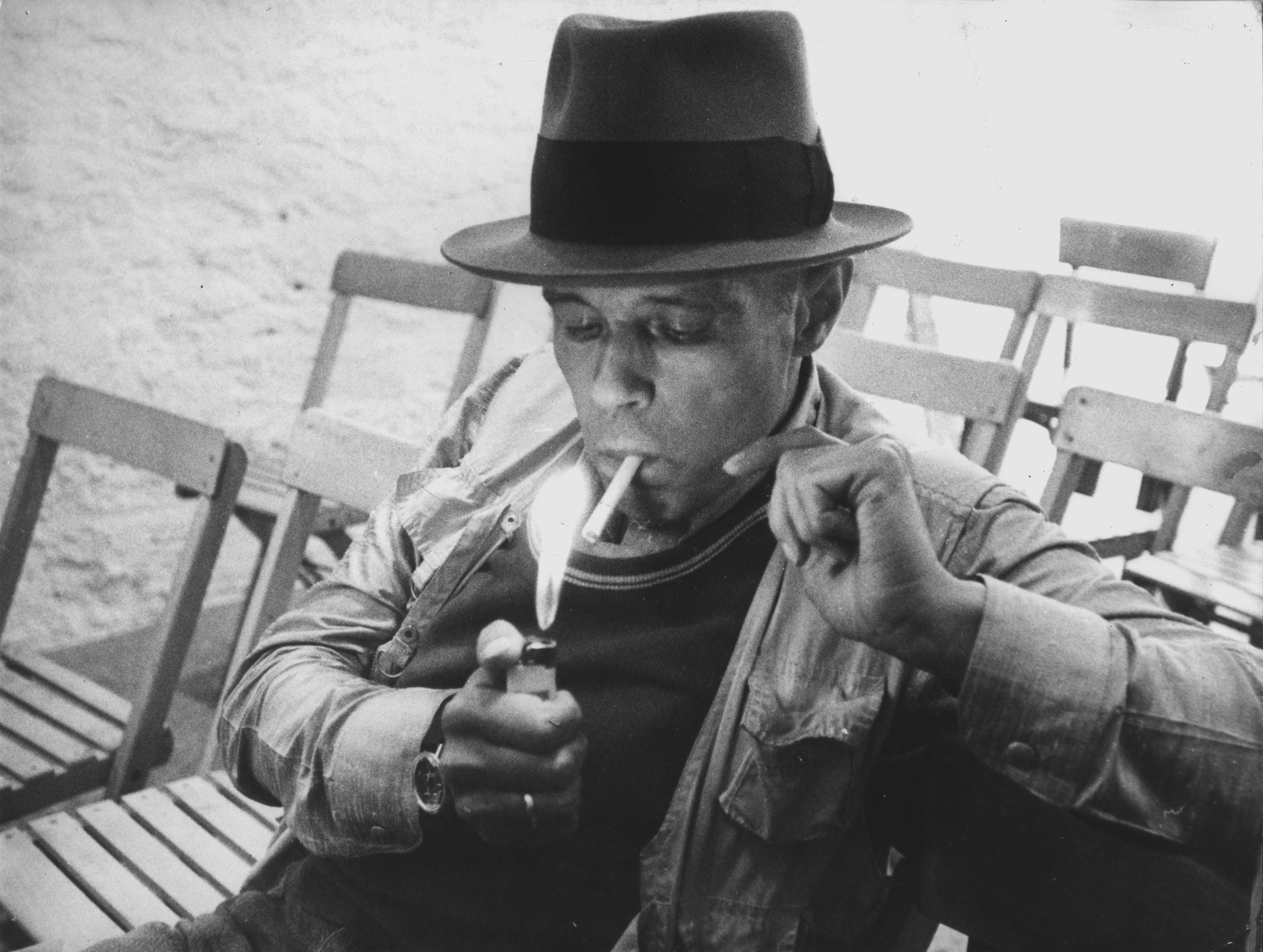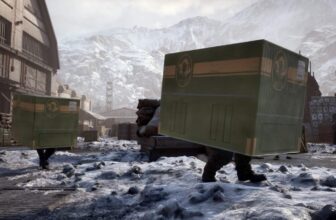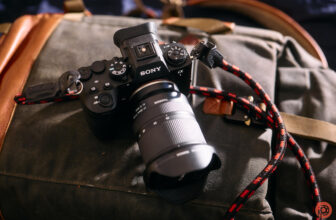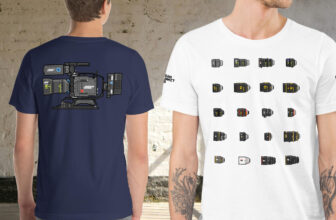
Check out our latest products
Within the framework of the 2024 Celebration of Photography, Herlinde Koelbl received the Leica Hall of Fame Award in Wetzlar, on the evening of October 10. The accompanying exhibition at the Leica Gallery Wetzlar presents around 50 works, including images from the Künstlerporträts (Artist Portraits) and Schlafzimmer (Bedroom) series, as well as portraits of Angela Merkel from the Spuren der Macht (Traces of Power) series. The Leica Picture of the Year 2024 is a motif from one of Kolbl’s most recent series, Metamorphosen (Metamorphoses), where she explores the beauty of transience in the form of wilting flowers.
The current exhibition at the Leica Gallery Wetzlar presents a selection of images from your broad body of work – from the early Feine Leute (High Society) to your more recent Metamorphosen (Metamorphoses) series. Is any group of pictures particularly important to you?
Each theme that I’ve dealt with is important to me. I would start working on anything that I considered significant and of social relevance: always without being commissioned to do so; without a publisher; at my own risk. Even so, I would like to emphasise the Jüdische Porträts (Jewish Portraits) project, for which I portrayed and interviewed at length Jewish personalities around the world who had survived the Holocaust. It was an impressive experience.
Precise observation is always at the heart of your work, above all with the portraits.
Yes, long before photography, I was involved with behavioural research. That’s why body language has always been very important to me; it is the key to people. I find fascinating how much people reveal about themselves through their body language. Fully engaging with the person being portrayed and listening to them are crucial. Yes, even in photography you have to listen and be able to put your ego aside. It’s the other person who is always the most important. Passion and discipline are also part of photography in order to master and persevere when working on subjects for long stretches.
In your work, it’s not only the photographs you get together for each series that are important, but also the accompanying texts and videos. Why?
Photography and interviews are often of equal importance to me. It’s a second form of storytelling with words that I can use to speak about people’s worlds. In this manner, the people become visible in their entirety, physically and psychologically. There was even text in Das Deutsche Wohnzimmer (The German Living Room), which was, of course, always authorised. Video became particularly significant in my Spuren der Macht (Traces of Power) series, because I was not only interested in the physical aspect, but also the mental attitude and changes that seem to happen automatically when you’re always in the public eye, and if you want to remain in power.
In the Spuren der Macht (Traces of Power) series, how close or how distant do you reckon you got to the politicians, publishers and celebrities?
With the politicians it is decidedly important to keep a distance, otherwise you can no longer report objectively. I visited my interview partners once a year; I was very well prepared, as I had spent the whole year following what was written about them and what they had said. Then I photographed them, had a talk with them and then left again, disappearing for a year. The distance was always maintained. Naturally, through taking pictures a closeness is formed, you get to know the other person better. You really have to empathise with the other person, that’s the key.
You photographed Angela Merkel for around thirty years. What was the special thing about this long accompaniment?
It was fascinating to see how the scientist was transformed into a politician. At first she was very awkward and inexperienced, because she was not used to being in public. However, as she gained confidence and experience in her role, her body language changed and she became increasingly self-assured. The fact that I got an appointment with Angela Merkel every year over a span of thirty years, was something special. After all, as a politician and then Chancellor, she accepted that she would be constantly photographed or filmed, but she didn’t like it.
What does the Leica Hall of Fame Award mean to you?
I photographed people in all their diversity and learnt a lot about the world through my camera. I am happy that through this honour, my tool, my Leica, with which I’ve taken many of my pictures, has gained visibility.
Which Leica cameras did you use for your series, and do you remember any particular moments?
I was able to go on the journey from the M cameras to the R cameras from the very beginning. That was exciting at times. The thing I’ve always appreciated about my cameras is the fantastic and unbeatable lenses. Sometimes, the experiences I went through, together with my camera in the most remote regions of the world, were pretty adventurous. A few years ago, I photographed the Nobel Prize winner Kenzaburo Oe in Tokyo, and two days later I had an appointment with the photographer Nobuyoshi Araki, but shortly before that the camera went on strike. Great drama. Fortunately, Seiichi Moriya, the Leica Store Manager at the time, didn’t hesitate to lend me a camera, without even asking for any kind of security. What a wonderful experience.
Your most recent works, which are also appearing in the exhibition in Wetzlar, come from your Metamorphosen (Metamorphoses) series. For the first time, people are not the focus.
Yes, even though you don’t see any people, the subject that threads through all my work remains: change; transience. My focus this time lies on nature. And the compelling thing is that the colours, or the structures, change. All of a sudden, they become brittle or acquire great depth. A new beauty emerges, a transformation. In nature, nothing stays the same. Growth, decay and emergence. All phases of life are found in the metamorphoses. Present and past flow into one another. And the future lies in becoming again.
Many thanks for speaking with us.
Herlinde Koelbl was born In Lindau on October 31, 1939. After studying fashion, she discovered photography as her creative means of expression, in the mid seventies. Over the following decades, and in addition to working on assignments for magazines, she began an enormously productive series of self-published, long-term photographic projects, which were often accompanied by interviews. Some of the projects also resulted in documentary films. Her sensitive and often philosophical interviews appeared regularly in ZEITmagazin. She works mainly with Leica cameras in the 35mm range and also with a Hasselblad in medium format. Koelbl has published more than twenty photo books and has received numerous awards, including the Medal of Excellence (1987), the Dr Erich Salomon Prize of the DGPh (2001), the Order of Merit of the Federal Republic of Germany (2009) and the Bavarian Order of Merit (2013). She currently lives and works in Neuried near Munich. Find more about Herlinde Koelbl’s work on her website or on her Instagram channel.
On the occasion of the Leica Hall of Fame Award, upcoming issue 8.2024 of LFI honours the photographer with a portfolio. Koelbl already appeared in the Leica Classics segment of LFI, in issue 8.2019.
Leica M
The Leica. Yesterday. Today. Tomorrow.

![[2025 Upgraded] Retractable Car Charger, SUPERONE 69W Car Phone Charger with Cables Fast Charging, Gifts for Men Women Car Accessories for iPhone 16 15 14 13 12, Samsung, Black](https://i1.wp.com/m.media-amazon.com/images/I/61SaegZpsSL._AC_SL1500_.jpg?w=300&resize=300,300&ssl=1)















![[True Military-Grade] Car Phone Holder【2024 Stronger Suction & Clip】 Universal Cell Phone Holder for Car Mount for Dashboard Windshield Air Vent Long Arm Cell Phone Car Mount Thick Case,Black](https://i2.wp.com/m.media-amazon.com/images/I/715PBCuJezL._AC_SL1500_.jpg?w=300&resize=300,300&ssl=1)
![[エレコム] スマホショルダー ショルダーストラップ 肩掛け ストラップホールシート付属 丸紐 8mm P-STSDH2R08](https://i3.wp.com/m.media-amazon.com/images/I/51BMFf06pxL._AC_SL1500_.jpg?w=300&resize=300,300&ssl=1)







